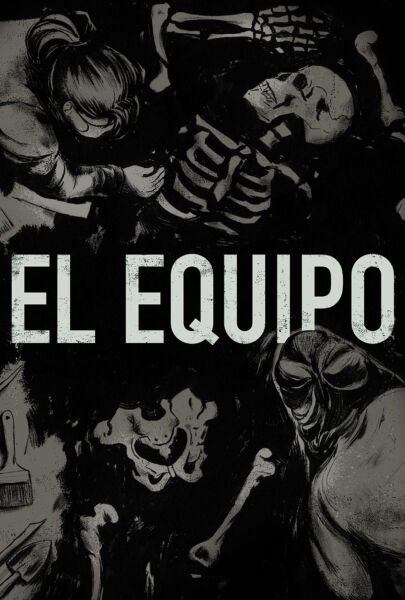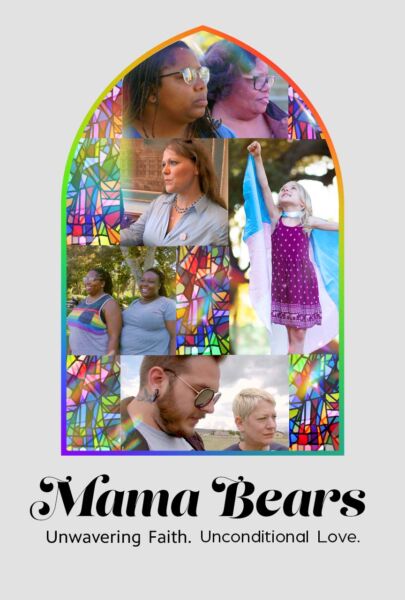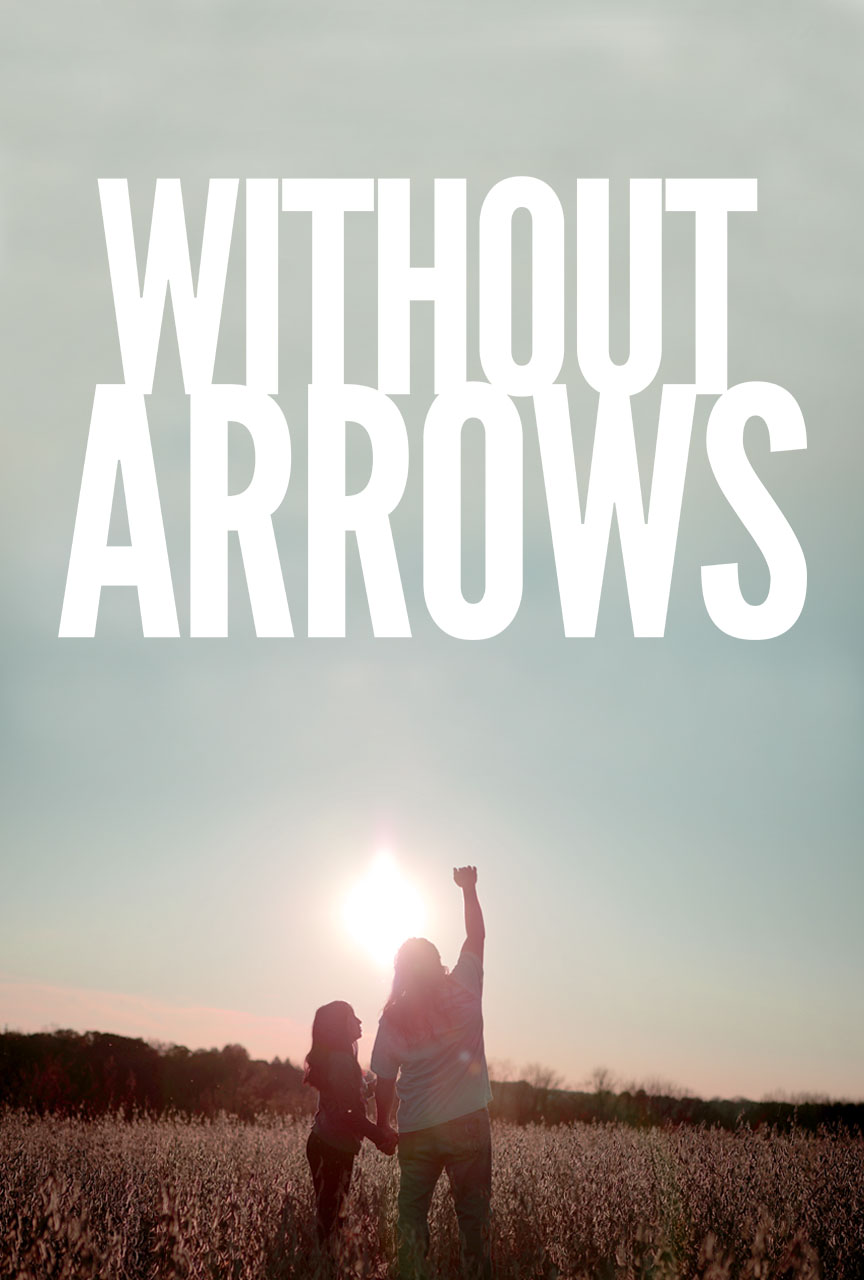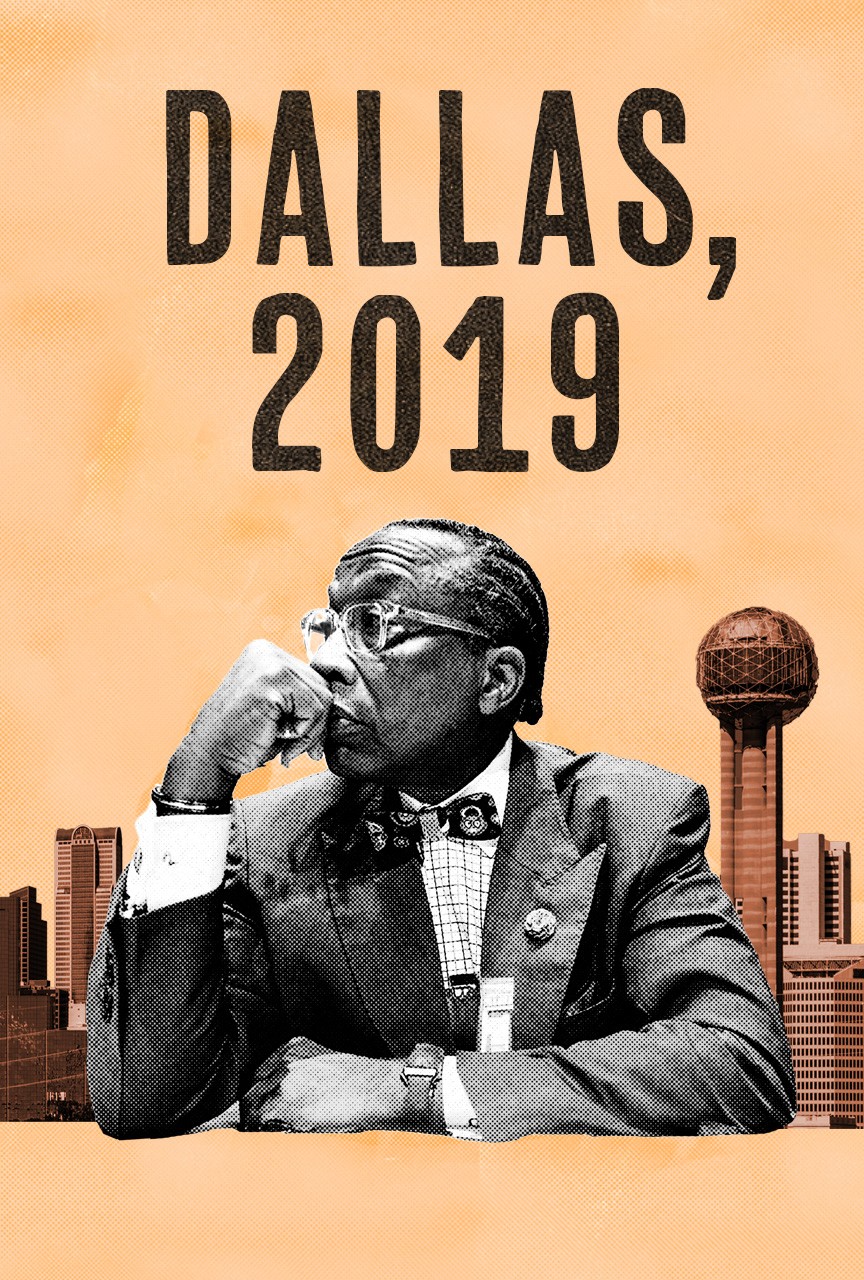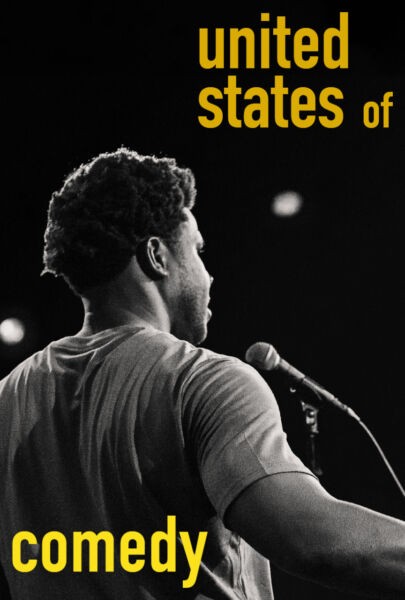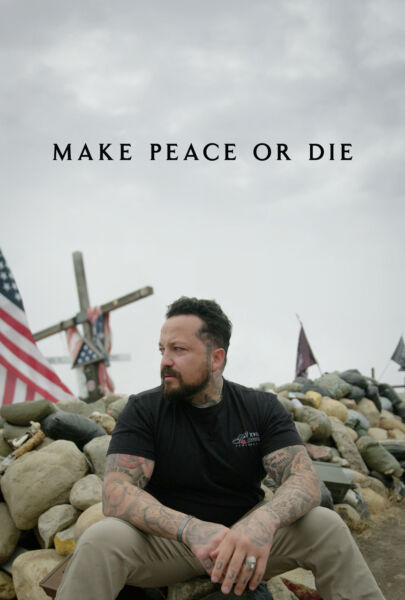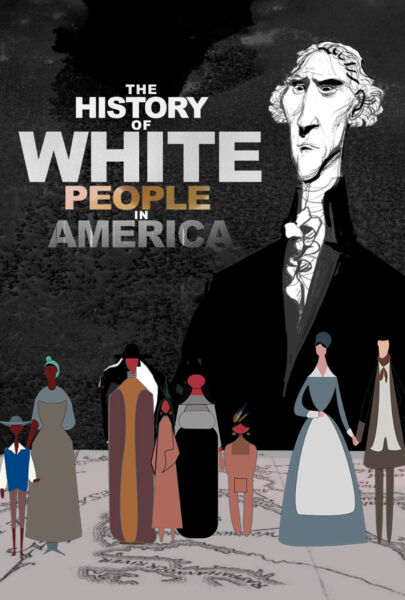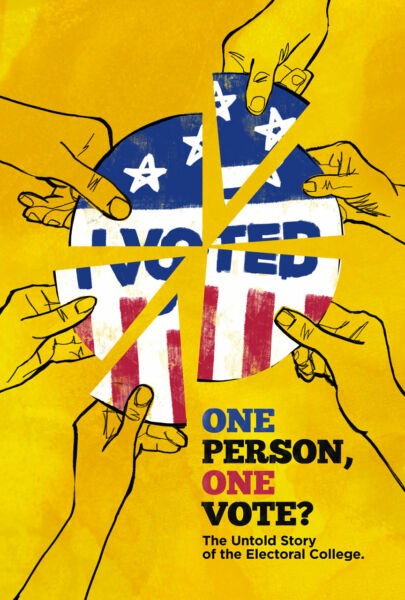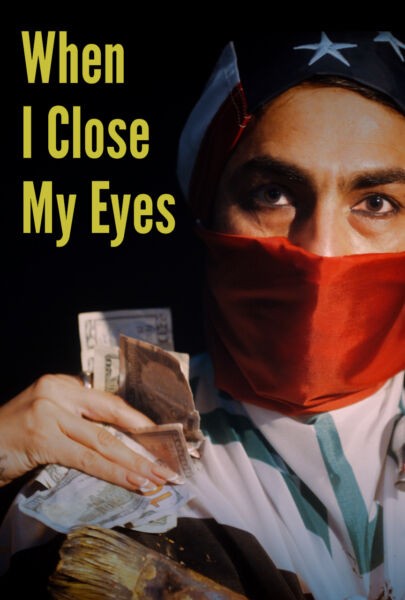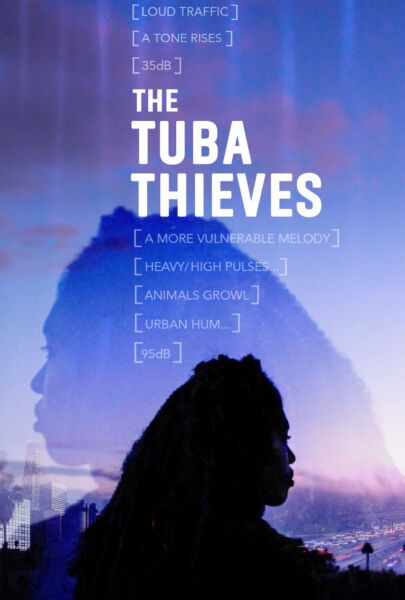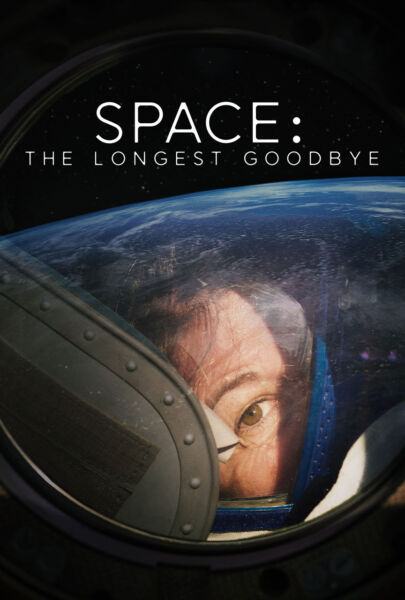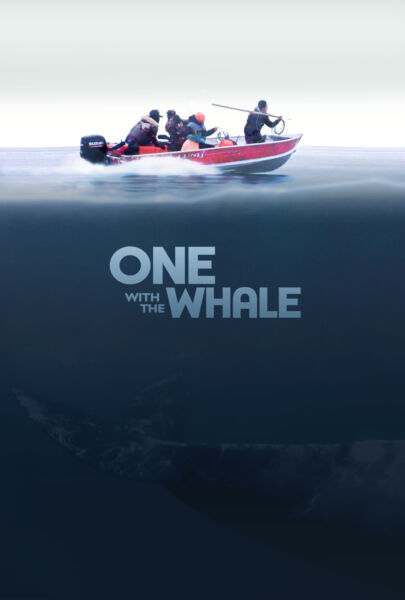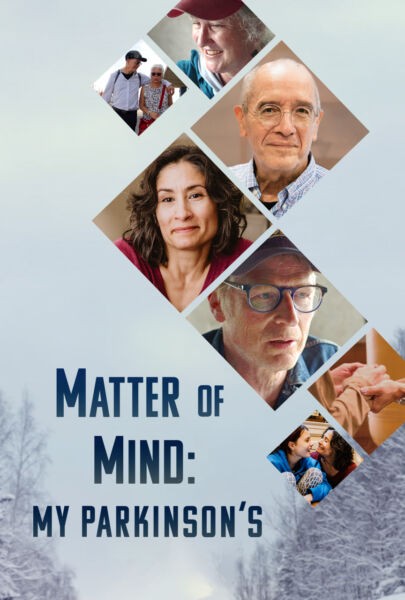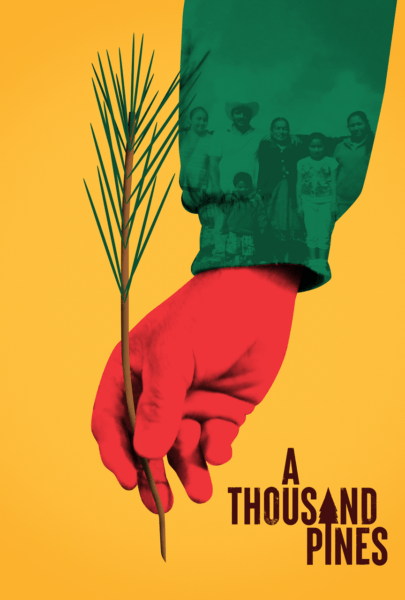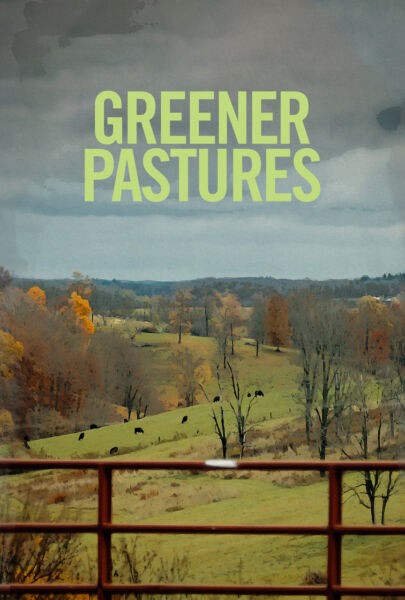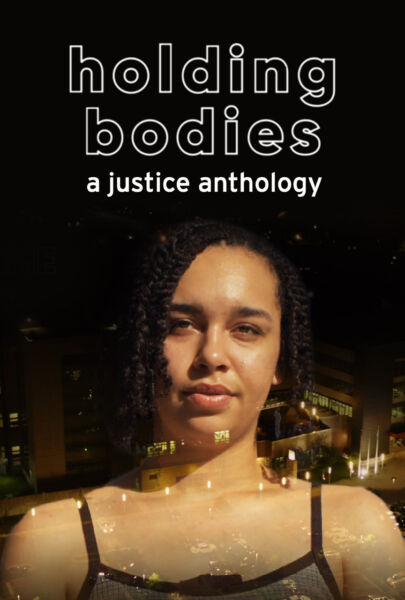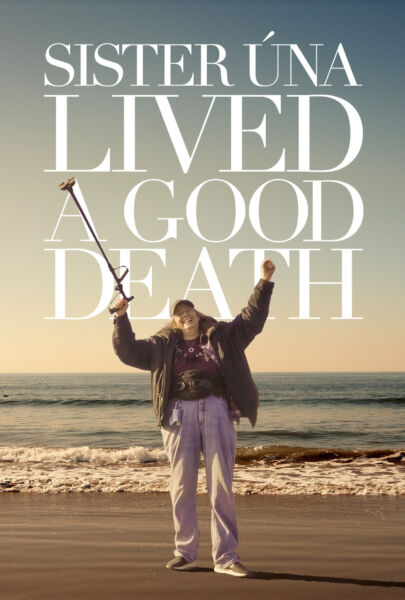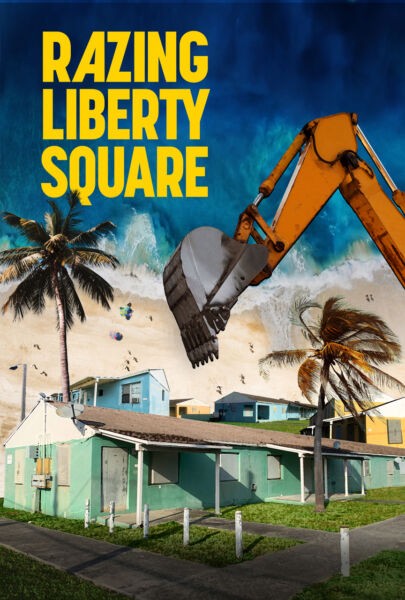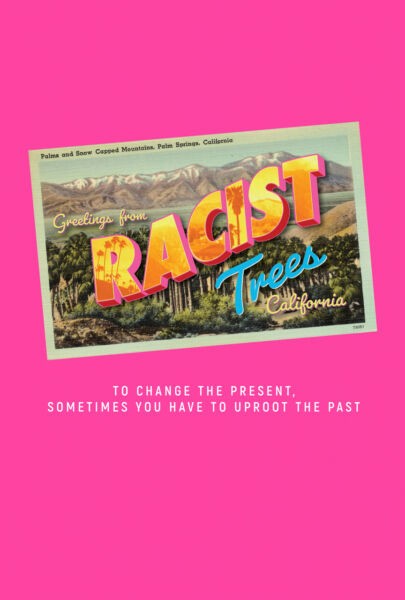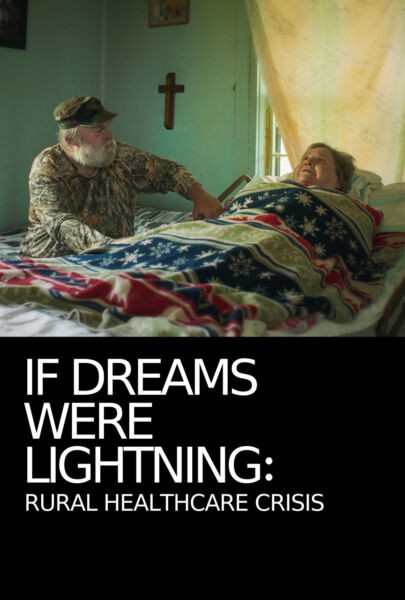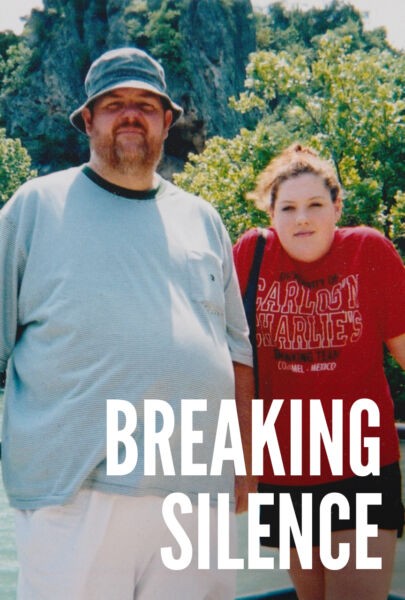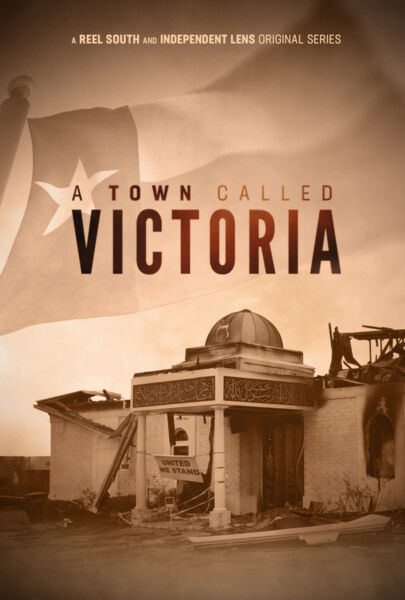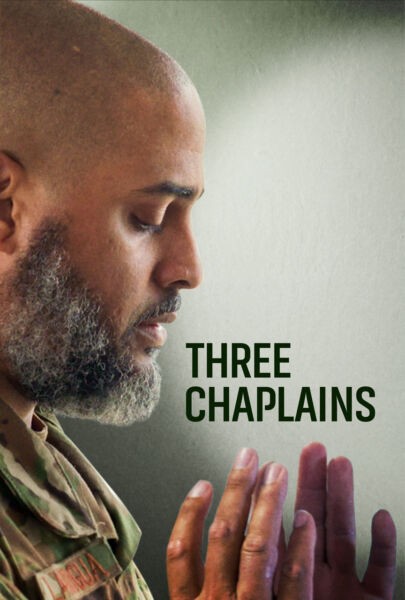Get the Fire! Young Mormon Missionaries Abroad
About the Documentary
Filmmaker Nancy du Plessis first noticed the Mormon missionaries in the Munich subway. With their white shirts, dark suits and name badges, the shorthaired adolescent boys stood out from the other passengers, nervously talking and joking in American English. Each year, approximately 60,000 Mormons travel abroad for missionary duty. This religious rite of passage is a crucial one: at age 19, missionaries—who are predominately male—leave their lives behind and, often with their families footing the bill, devote two years to spreading the faith across the United States and throughout the world. Get the Fire! Young Mormon Missionaries Abroad follows three boys from their homes in Salt Lake City through their training and service in Germany. What is it like for them to leave their families behind, move to a foreign country and talk to people about God in a language they barely know? The film opens with Utah teens Jake Erekson, Brady Flamm and Matt Higbee and their families celebrating the boys’ mission assignments to Munich. Two months later, the three young men are undergoing intensive preparation at the Missionary Training Center, where leaders admonish a roomful of teenagers to address each other only as "Elder" and "Sister” and to read aloud from the Missionary Handbook each day—and to follow its rules to the letter. Once in Munich, Elders Erekson, Flamm and Higbee are sent to live in different cities with their "companions," fellow missionaries of the same sex that they are required to keep within eyesight and hearing 24 hours a day. Get the Fire! tracks these pairs through their strict daily routines, which they must plan and document by the hour: proselytizing in a snowstorm, knocking on strangers’ doors in the evening asking to be let in to discuss The Book of Mormon, singing German hymns in big missionary meetings. For the entire mission, they must break completely with their past lives. Phone calls home are allowed only on Christmas and Mother’s Day. No first names, newspapers, movies, television or radio is permitted, in addition to the usual ban on alcohol, coffee, tea and tobacco. Interspersed throughout footage of these three young men are interviews with five former missionaries who have subsequently left the Church, including Adam Bass, who grew up Mormon and was sent home three weeks into his Chile mission because he was gay and Robert Shiveley, who married a member and became unable to reconcile the Church’s teachings with his own intellect. Get the Fire! examines how the missionaries serve out their time abroad and return to Utah as local heroes—despite culture shock, pressure, hard work and isolation—and leaves the audience to ponder what the young Mormon missionary program is about.
The Filmmakers
Nancy du Plessis
Nancy du Plessis’s award-winning first documentary, Future Remembrance: Photography and Image Arts in Ghana (with Tobias Wendl, 1998), focused on the realistic painted backdrops used in Ghanaian photo studios. Opening her own production company in 1999, she produced, directed and wrote If These Walls Could Speak! Mural Painting in Belfast (2001), which received the Prix Arts de la rue in the XXVIe Festival international du film d’art.
du Plessis studied performing arts at Northwestern University and New York’s Circle-in-the Square Theatre School, urban design and journalism at New York University and theater anthropology at the University of Paris. She has performed at theater and poetry festivals, art centers and universities in North America, Europe and Africa. Her articles, poems and performance texts have been published in World Literature Today, Playbill, Women in Performance, La Tribune internationale de langues vivantes and DOX (the magazine of the European Documentary Network). Notes from the Moroccan Journals and Art New York, her most-performed solo performances, were published in a bilingual edition by L’Harmattan (Paris, 1995). She has taught acting at the University of Paris and Münchner Schauspiel Studio and her voice narrates films and guides luxury-car drivers, museum visitors and Swiss telebankers, among others. Since 1985, she has traveled widely from her home in New York performing, teaching and making documentaries.

